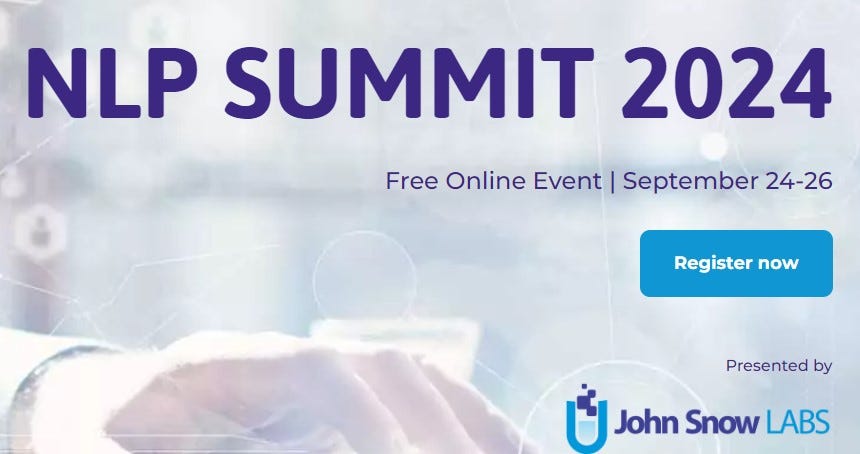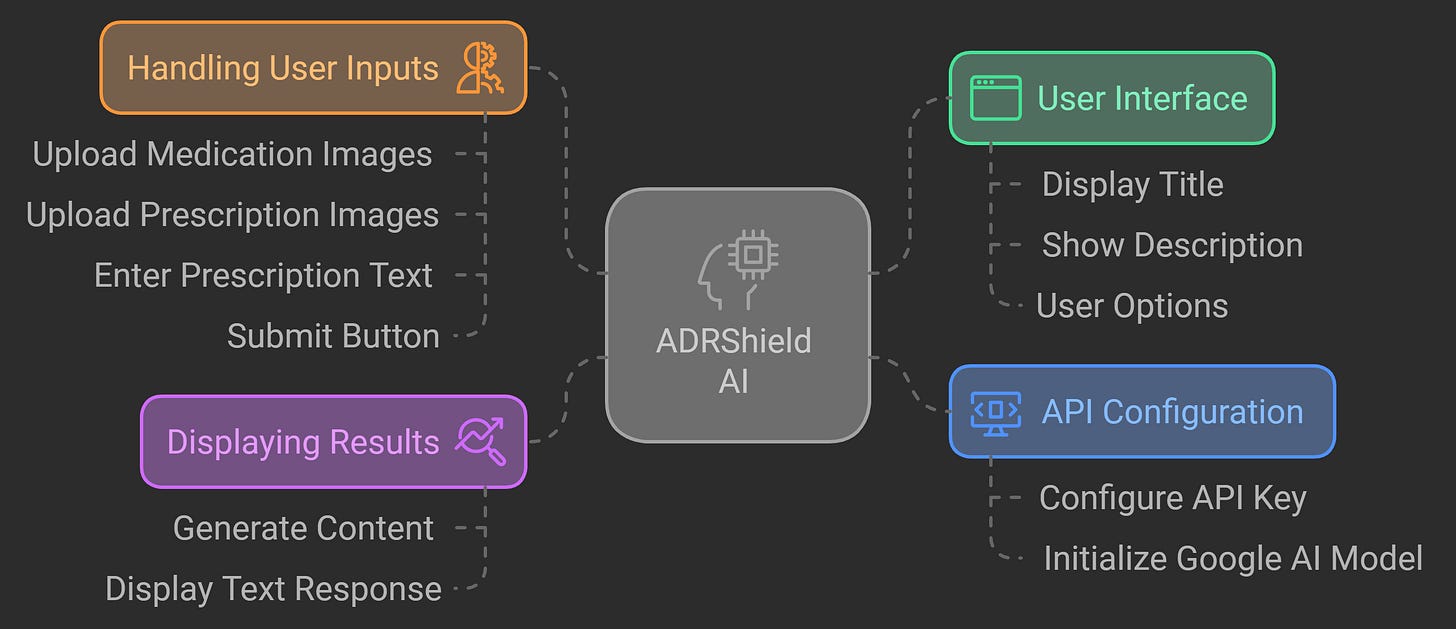What I spoke at the NLP Summit 2024!(with an App you can use)
The Silent Danger of ADRs and How AI Is Stepping In
Adverse Drug Reactions (ADRs) are a silent but serious issue in healthcare. Every year, countless patients experience unexpected side effects from medications—some mild, others life-threatening. The complexity lies in the sheer volume of drug interactions that doctors need to track. When you're prescribing multiple medications, the risk of dangerous interactions grows exponentially. It’s an overwhelming task for any physician, and traditional methods of managing ADRs—manually searching drug databases, and consulting literature—are slow and often inefficient.
That’s where AI comes in, and that’s why I spoke at NLP Summit 2024 about the Medication Interaction Warnings Generator, a tool designed to take the guesswork out of drug safety and put real-time, AI-driven insights in the hands of healthcare professionals.
The Game-Changer: Medication Interaction Warnings Generator
At its core, the Medication Interaction Warnings Generator solves a critical problem: it provides fast, reliable warnings about potential drug interactions, without the user having to sift through complex medical literature or navigate cumbersome databases. Imagine being able to simply ask, “Can these two medications be taken together?” or “What side effects should I look out for?” and getting an instant, clear, and medically sound response. That’s the power of this tool.
Doctors, pharmacists, and even patients can interact directly with their medication data in a way that feels natural, conversational, and incredibly efficient.
Here’s a short demo of how it works! I have given the link to my app towards the end!
The Magic Behind the Scenes
This isn’t just a fancy search engine. The real magic lies in how the system works. Powered by FAISS for fast information retrieval, HuggingFace embeddings for semantic understanding, and large language models (LLMs) for generating human-like responses, the Medication Interaction Warnings Generator transforms how medical professionals engage with drug safety data.
It scours data from clinical research papers, medical texts, and drug interaction databases. Then, it processes user queries—no matter how complex—and delivers concise, actionable insights in seconds. What used to take hours of digging through resources is now available through a simple conversation with an AI.
From Healthcare to Everywhere: The Future of Smart Interactions
While the healthcare industry stands to benefit immensely from tools like this, the underlying technology has potential far beyond drug interactions. In the legal world, imagine being able to query a contract for specific clauses or in finance, asking a report to highlight risks. This is the future of AI-driven interactivity: documents, reports, and databases that respond to you like a conversation, not a static wall of text.
At NLP Summit 2024, I explored how this technology doesn’t just retrieve information—it can engage in argumentation. For instance, a doctor could ask, “Why should I avoid prescribing these two drugs together?” and the system could provide both sides of the argument, backed by medical evidence. This isn’t just Q&A. This is interaction on a whole new level.
The Road Ahead: Why This Matters
The feedback I received at the summit made one thing clear: we’re just at the beginning of what AI can do in healthcare and beyond. The potential for tools like the Medication Interaction Warnings Generator is massive, and its real-world applications are only starting to be explored.
This is about more than just convenience. It’s about saving lives by preventing adverse drug reactions. It’s about making healthcare safer and more efficient. And as this technology evolves, so will the scope of its applications—from legal to financial to everyday life.
Click here to access ADRShield AI
If you’re curious to know more about how the system works or want a deep dive into the tech behind it, stay tuned. I’ll be breaking down the code and discussing future use cases in upcoming posts. We’re entering a new era where AI doesn’t just provide information—it interacts, argues, and evolves with us.




